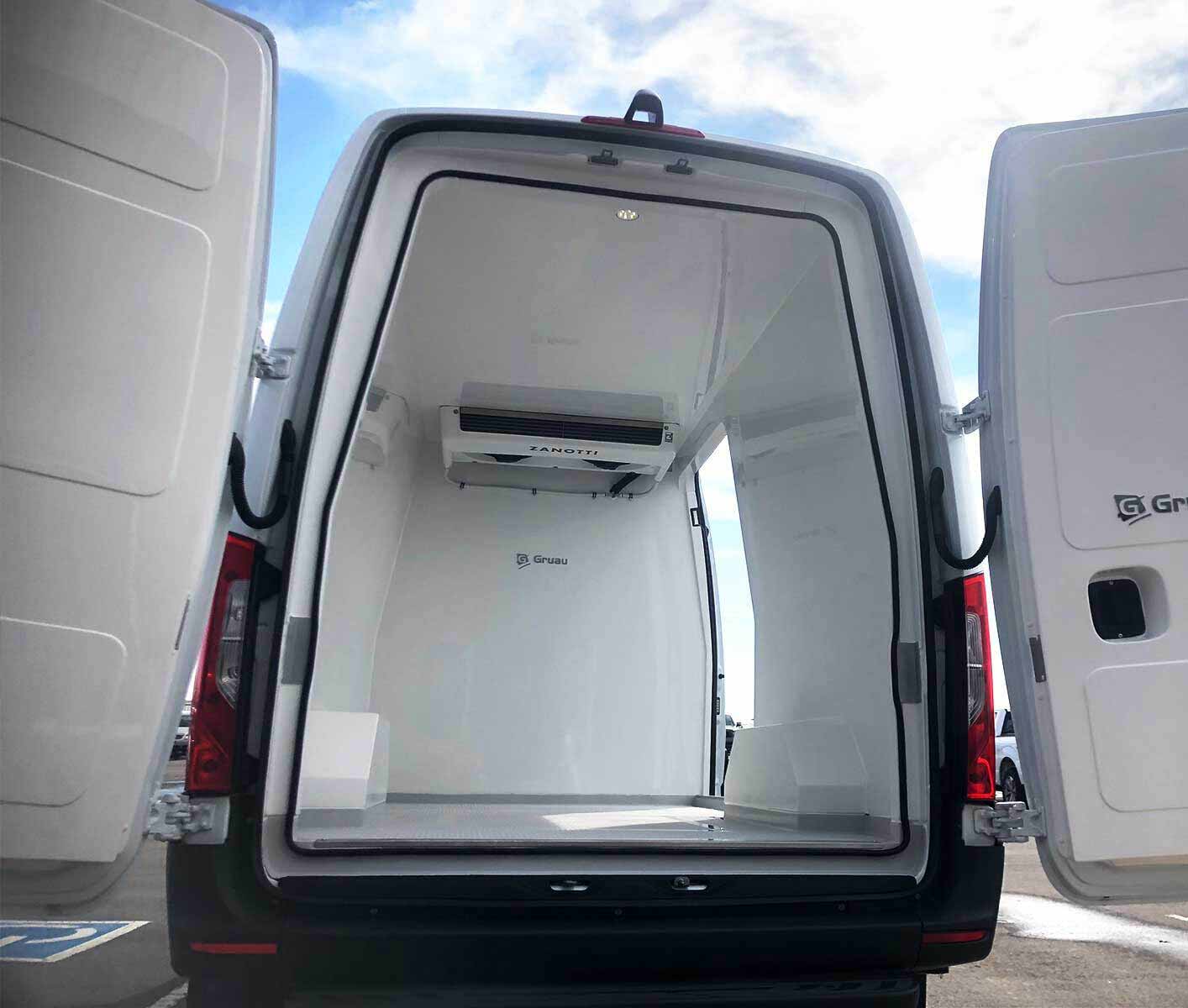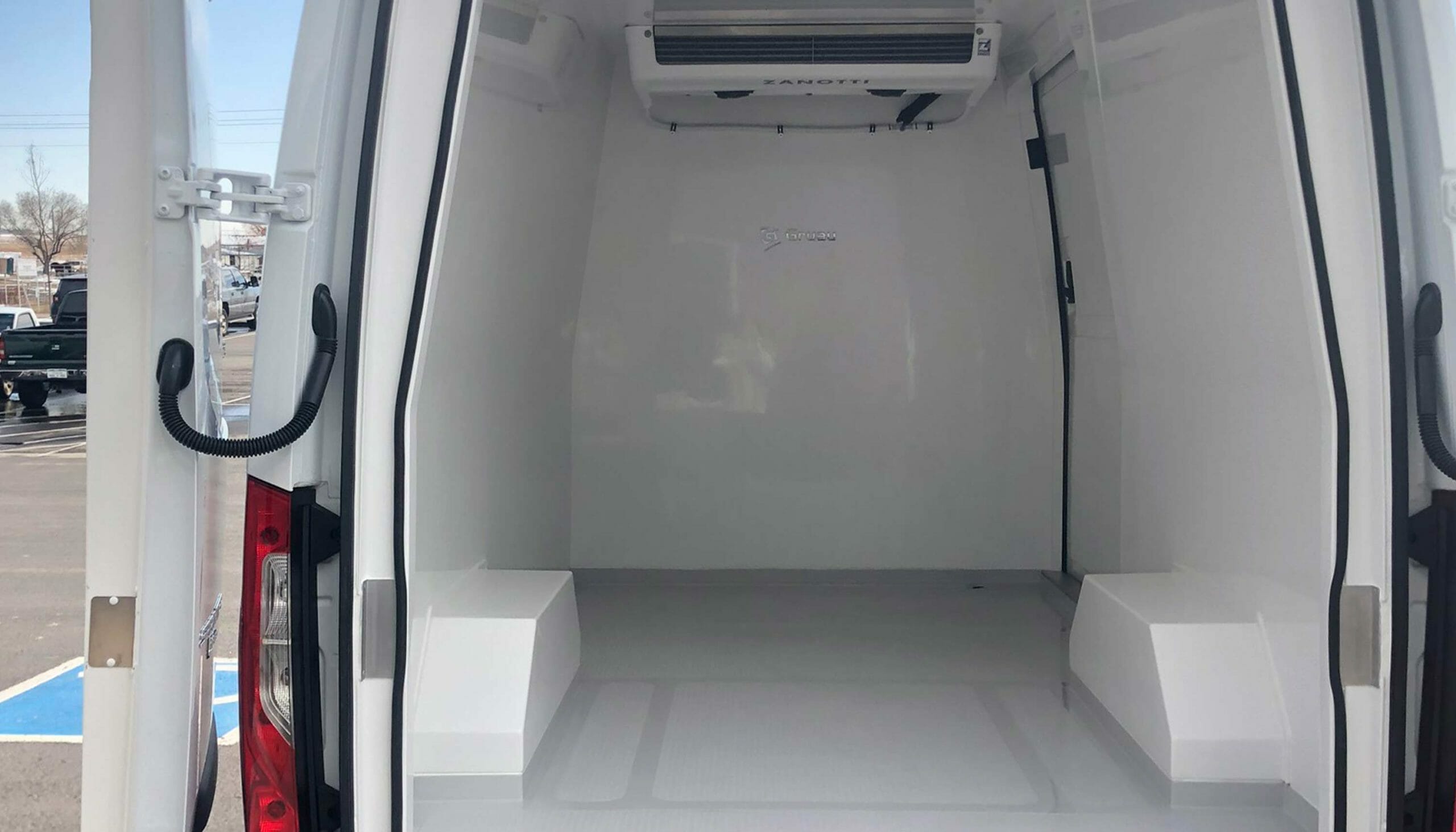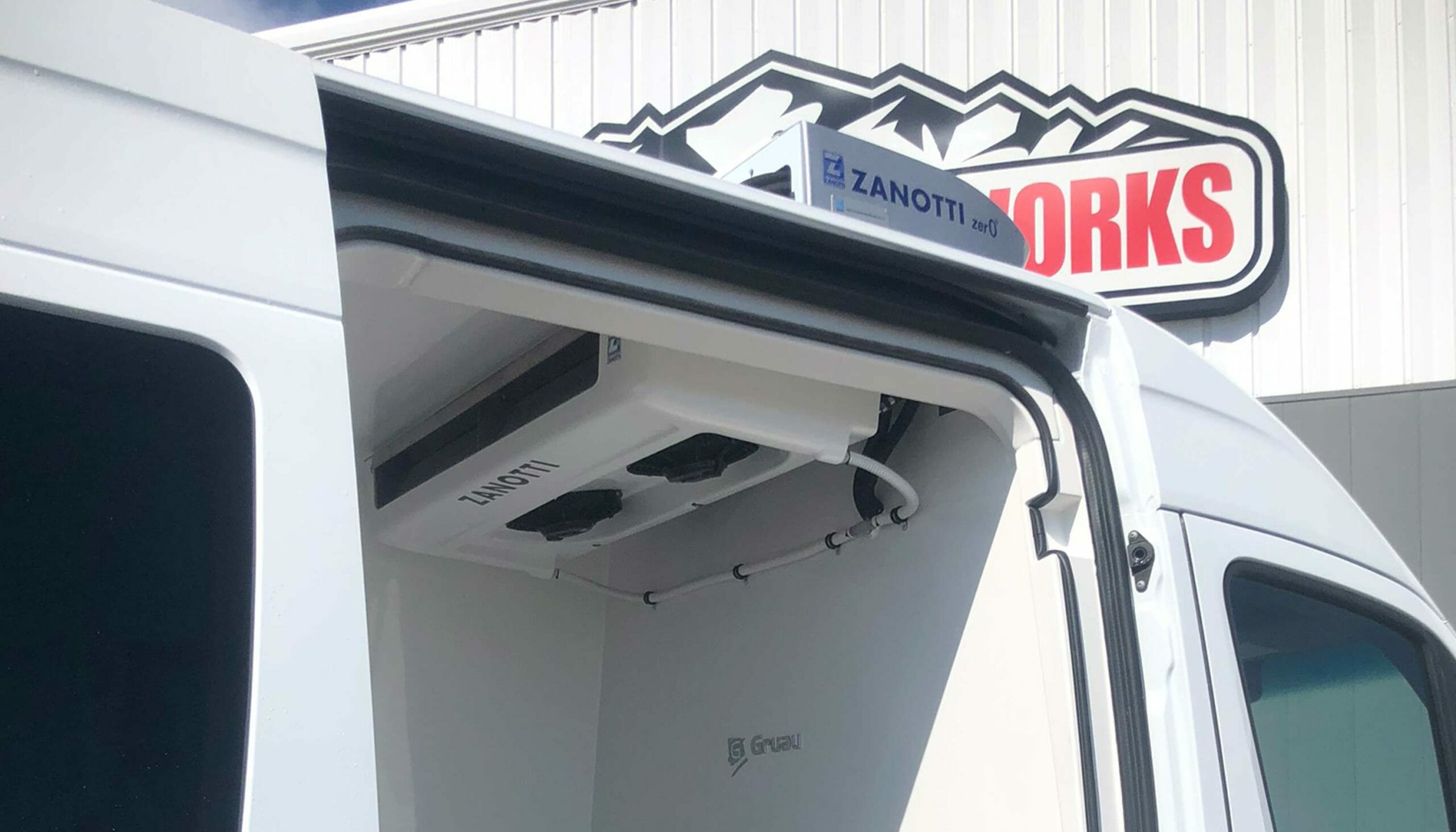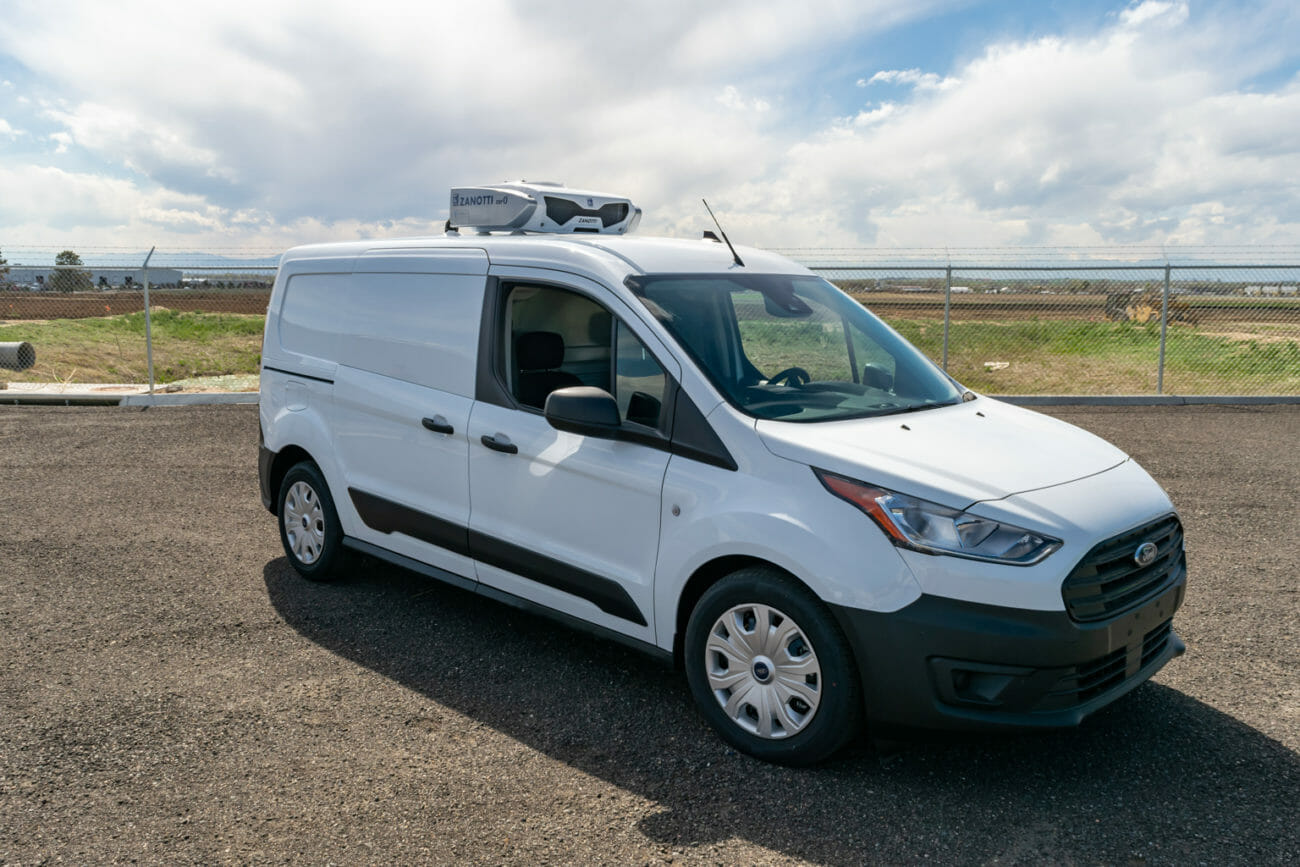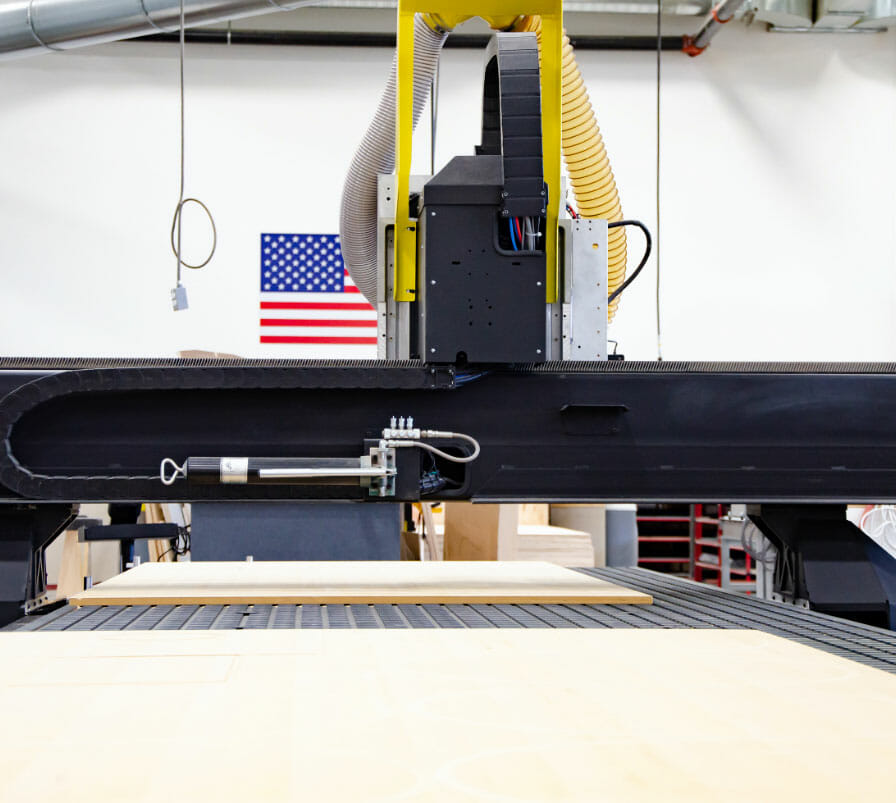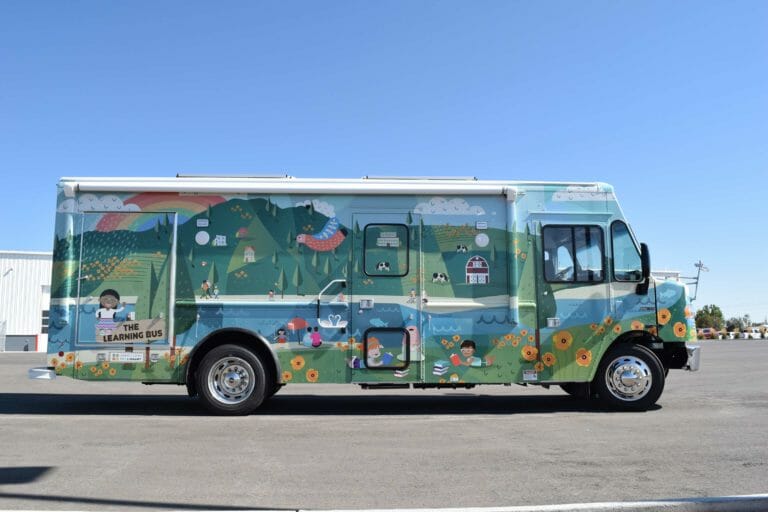What are refrigerated vans used for?
Refrigerated vans are used by many businesses to transport food and other perishable goods that need to be kept at a certain temperature. While fresh foods such as fruits, vegetables, meat, and seafood are the most common type of product in refrigerated vans, these vans can also transport medicine, plants, flowers, health and beauty products, and even animals such as penguins and honey bees.
Refrigerated vans are required by FDA law to maintain a certain temperature while in transit. Most vans are temperature-controlled by the driver and have a setting that allows them to stay on throughout the night. Because of their small size, vans are often used to transport relatively small loads of products. They can also be used in conjunction with trucks for overflow storage.
How does a refrigerated van work?
Similar to a refrigerator, a refrigerated van is specially built with a cooling system and thick insulation that work together to maintain a cool temperature.The cooling system consists of coolant fluid, a compressor, a condenser, an evaporator and a network of pipes and hoses connecting these together. The compressor takes the coolant vapor and sends it to the condenser where it becomes a liquid. The coolant liquid goes from the condenser to the evaporator where the heat from inside the vehicle is collected. The coolant fluid cools the inside temperature of the vehicle as it changes back to a vapor. The vapor returns back through the compressor where the entire cooling cycle repeats. This process cools the van down.
In addition, the walls of a refrigerated van are lined with a tightly packed form of insulation. This keeps the cold temperatures inside the refrigerated part of the vehicle, and it protects the refrigerated body of the van from the exterior heat and the heat generated by the engine. The entire process is controlled with a thermostat and can be raised and lowered to the optimal temperature required by the products in the van.
What type of entrance doors are found on a refrigerated van?
Refrigerated vans can be outfitted with a variety of doors from the sides, back, and front. A roll-up door lifts from the back or side to allow easy loading and unloading. Swing doors do just what their name suggests; they swing open from the back or sides of the vehicle, allowing access to the goods. Panel swing doors also swing open; however, both doors fold like an accordion as well.
A van with a single-panel side door will open from the side, usually right behind the passenger door of the vehicle. This gives you an extra point of entry, so you can access the goods from the front of the van body as well as the rear. Finally, a narrow opening swing door is a small door at the side or rear of the vehicle that acts as a quick point of entry.
How large is a refrigerated van?
A refrigerated van may measure anywhere from 12 feet to 28 feet in length, 90 inches to 102 inches in width, and 79 inches to 109 inches in height. Refrigerated vans, also called reefer vans, are a great alternative to larger trucks. The body size makes it simple to access all the products that are in the van, especially if the vehicle is outfitted with multiple entrance points. While refrigerated trucks are frequently used to transport food items and medicines over long distances, vans may be operated by local grocery stores, restaurants, school districts, and more. They can also be used as overflow storage for trucks, and they are a high-quality and cost-efficient option.
What temperature is the inside of a refrigerated van?
A refrigerated van is controlled by a thermostat and a sophisticated cooling system. This allows the driver to manually adjust the temperature to the requirements of the products that are being transported. In general, refrigerated trucks can maintain a temperature of anywhere from -20 to 55 degrees Fahrenheit. The exact temperature will vary, depending on whether the van is being used to transport food, medication, plants, beauty products, or animals.
However, most of the time, the temperature-controlled section of a refrigerated van is kept at a temperature of between 37 and 41 degrees Fahrenheit. This is the range at which perishable foods can be safely stored. According to the FDA, perishable food such as meat, dairy, poultry, fish, and cooked leftovers must be kept below 40 degrees Fahrenheit. If the temperature goes above this range, the food will spoil and must be thrown out.
